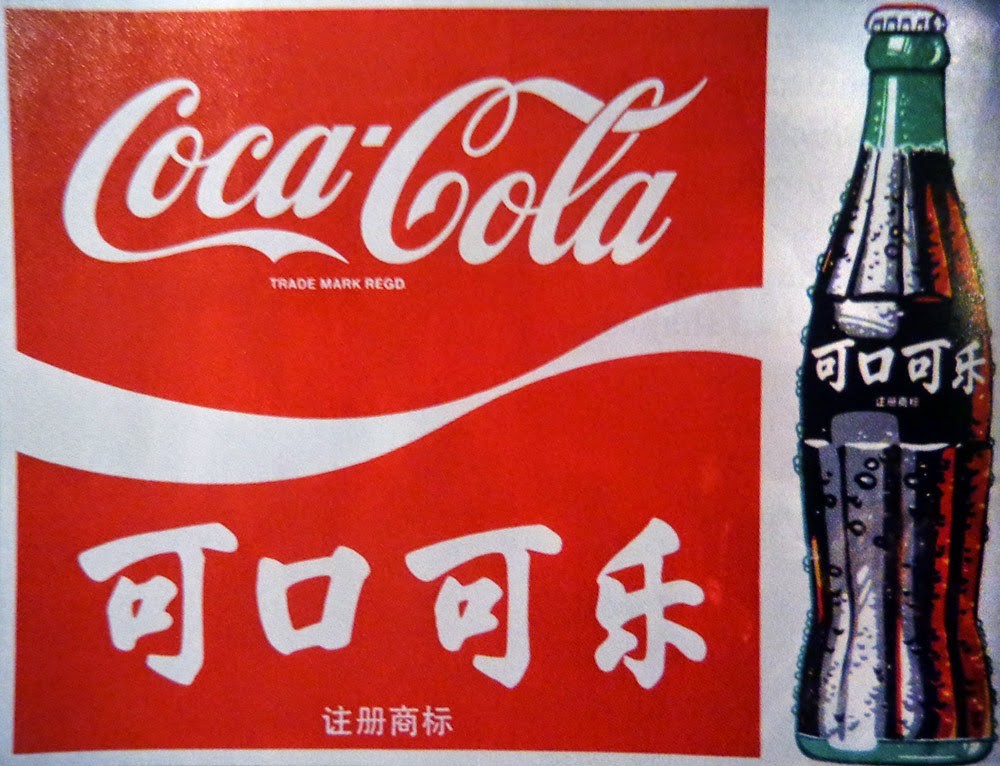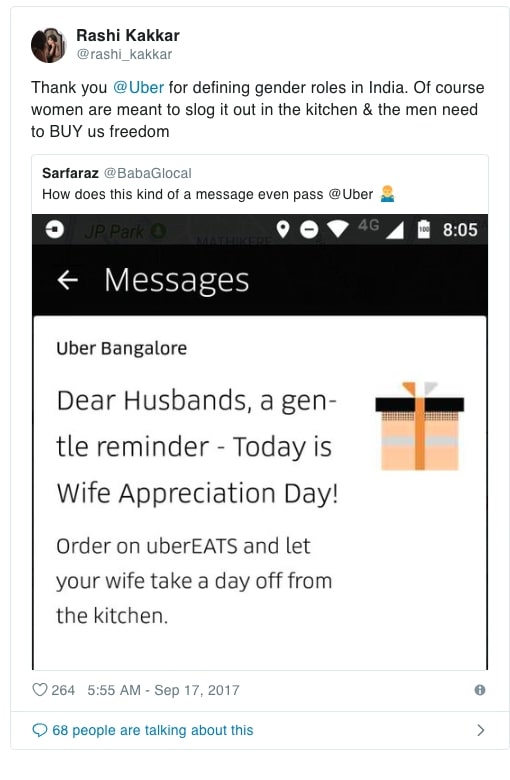We help brands drive internal capability, operational and executional improvements to achieve excellence in brand, creative and e-commerce strategy execution. Providing services and solutions across strategy management, internal enablement, capability building and executional support provision.
Flagship clients
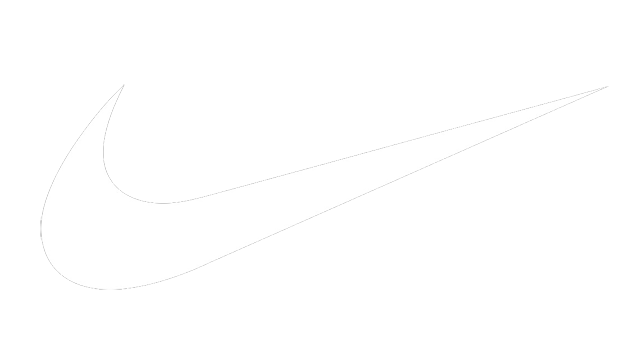 (EMEA) 14 markets
(EMEA) 14 markets
 (EMEA) 47 markets
(EMEA) 47 markets
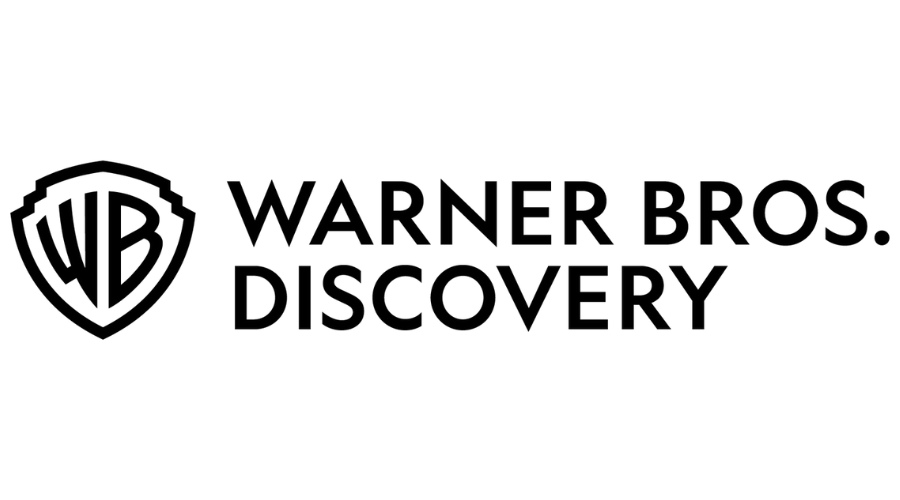 (EMEA) 17 markets
(EMEA) 17 markets
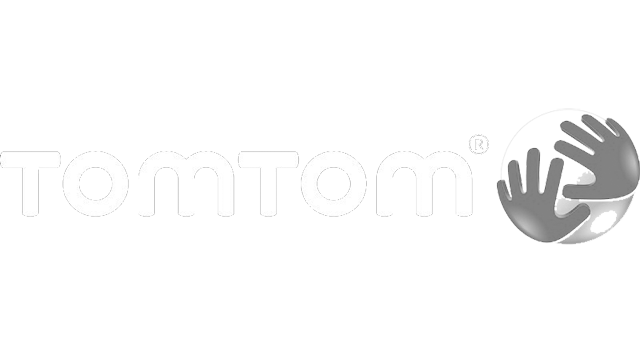 (WHQ)
(WHQ)
Global Brand as a Marketing Strategy
The common approach that firms which sought to “go global” did is to extend their domestic marketing strategies to international market. In other words they pursued the standardized approach of branding. This is what led to creation of global brands whose positioning, advertising strategy, personality, look, and feel are in most respects the same from one country to another. Global brands give companies competitive advantages, such as: 1) economies of scale in production and distribution 2) lower marketing costs 3) power and scope 4) consistency in brand image 5) ability to leverage ideas quickly and efficiently 6) uniformity of marketing practices. For example, it costs IBM much less to create a single global advertising campaign than it would to create separate campaigns for dozens of markets.
The common approach that firms which sought to “go global” did is to extend their domestic marketing strategies to international market.
Creating a global brand enables a company communicate consistent messages to customers in all it international markets. Consumers now receive marketing messages from a huge number of different sources, so delivering a consistent message is the most effective way to reach consumers. A global company can reduce the risk in developing a global campaign by building on branding strategies that deliver successful results in domestic market. Building an existing brand progressively, market by market, is the safest and most cost-effective way to create a global brand.
Global brand as a marketing strategy is built around the idea of creation of a single global strategy that can be replicated in local markets.
Global brand as a marketing strategy is built around the idea of creation of a single global strategy that can be replicated in local markets. One story that can be literally and figuratively translated in multiple languages so that it will resonate and engage consumers around the globe. Global brand management requires coordination among countries and the headquarters so that a clear image of the company and its offerings develop – the big picture. As it is based on a single global creative that needs to be replicated across markets, global brand campaign execution is a geographically dispersed organisational activity whose success requires brilliant implementation of materials conforming to established brand guidelines. Global branding campaign execution as a highly complex organisational endeavour which brings together countries, vendors and partners working as virtual teams that span both geographical and time zones in intense time sensitive coordination and communication tasks and interactions.
Rise of In-housing of Brand Creative Capabilities
Fast paced digitisation and digitalisation of marketing environment for global organisations created an urgent need for incubation or acquisition of digital capabilities. Even though initially digital brand and creative content capability gaps were bridged by extending agency rosters, this proved to be economically and operationally unsustainable model for majority of global brands. Fact that demand for content via digital channels was exploding, the only sustainable solution in the long-run was creation of in-house creative capabilities. Growing content needs meant growing in-house creative teams.
Growing content needs meant growing in-house creative teams.
Dawn of the "Era of In-housing" was discussed during a one-day in event focused on how to grow your in-house agency organised by "The Drum", a global media platform and the biggest marketing website in Europe. Over the past few years, many brands have been opting to go in-house with creative and media capabilities and among those who are reaping the benefits are Unilever who saved more than €500m (£430m) on marketing in 2018, as they take more content in-house. Driven by cost reasons, ushered in by Unilever, whose global in-housing move marked the redefinition of relationships with agencies worldwide, the in-housing movement picked up pace with Lego following suit, and many others like TUI, Verizon, Pepsi etc. A 2018 report of Association of National Advertisers (ANA), a marketing community in the United States, comprised of more than 1,100 leading companies, representing estimated 25,000 brands that collectively spend $400 billion in marketing and advertising each year, revealed that almost 80% of members have some form of in-house agency.

The study also found that the number has grown substantially over the past five years, with rapid increase in 2018. This is compared to 58 percent of marketers who took some form of advertising in-house in 2013, and 42 percent in 2008 — the last two times the survey was conducted. Around 45 % of respondents established their in-house agency within the past five years. So, within last 10 years, 68% have started an in-house agency, while 45% of those, has done that within last 5 years..
It’s no secret that many brands are benefiting from moving work in-house—it cuts agency fees and allows clients to more efficiently combine creative and business talent under one roof. However, such fast paced incubation of new capabilities, through acquisition of new people and formation of new departments, can't go without challenges of its own. Growing teams, means growing pains.

"2017 In-House Creative Industry Report" published by Cella Consulting notes of growing accountability in-house team face, for brand they serve and companies they work for. With growing accountability comes an increased workload, but most of the respondents note that growing workload isn't reflected in equally growing headcount. As they were initiated mostly due to cost cutting reasons while valuing integration benefits, in-house creative teams are pressured by efficiency imperative. Small creative teams serve many stakeholders in performing important work. It’s not uncommon for a team of fewer than 10 creatives to support the demands of 50+ stakeholders in business with $500 million or more in revenue.
In-house creative teams are pressured by efficiency imperative.
It’s often the smaller in-house studios that are under pressure to complete a growing number of projects with the same amount of resources and budget. Being so close to the business, being part of the company, and having go-to-market speed as as imperative, brings another layer of challenges - perception of infinite internal resources, marketeer's request and last minute changes which take the toll both on resources and on morale. Heavy workloads and poor planning leads to stressed studio teams, which is exacerbated by improper digital enablement where heavy reliance on spreadsheets to manage projects and resources can result in more work for creative teams. Because of inadequate digital enablement of the newly founded team, definition and implementation of processes and standard operating creative procedures, creatives are mostly busy putting out fires and doing not just creative work, but project management work, for which they neither equipped nor signed up for. Inefficient tools are making more work for creative teams rather than streamlining the process. Creative team members — creative directors, account managers, graphic designers — are spending time on tasks that are clearly operational, leaving less time for creative pursuits.
Growing workload isn't reflected in equally growing headcount.
Members of in-house creative teams say the biggest challenge they face is the speed at which they are expected to work, according to recent research from inMotionNow and InSource. The report was based on data from a survey of 400 professionals who work for in-house creative teams at brands. Respondents said the top challenges they face are keeping up with the speed of work and keeping up with the the volume of work. Problem is that standard operating procedures, workflows and systems are usually an afterthought and come into play when a creative services group’s volume of work is significantly increased, and so is its size. But if implemented early, these tools provide transparency, clarity of roles and responsibilities, automated support and efficiencies, resulting in increased productivity — and a stronger foundation to support growth.
Disconnected : Local Implementation of Global Brand Creative
In todays very busy digital market (in particular) it is imperative to make sure your brand is in line at all times with what your company stands for. With exponentially rising number of digital touchpoints and within an organisational context of large global organisation, spanning continents, time zones, languages, product, brand and functional matrix organisational lines this is, however, lot easier said than done. The rapidly changing scope of work of in-house agencies from the "2018 In-house Creative Industry Reports" done by Cella and BOSS Consulting reveals the pressure of digital environment. "There was a significant increase in the percentage of in-house agencies providing banner ads and other artwork for website use (from 2% to 85%), as well as in teams creating HTML emails (3% to 66%)".
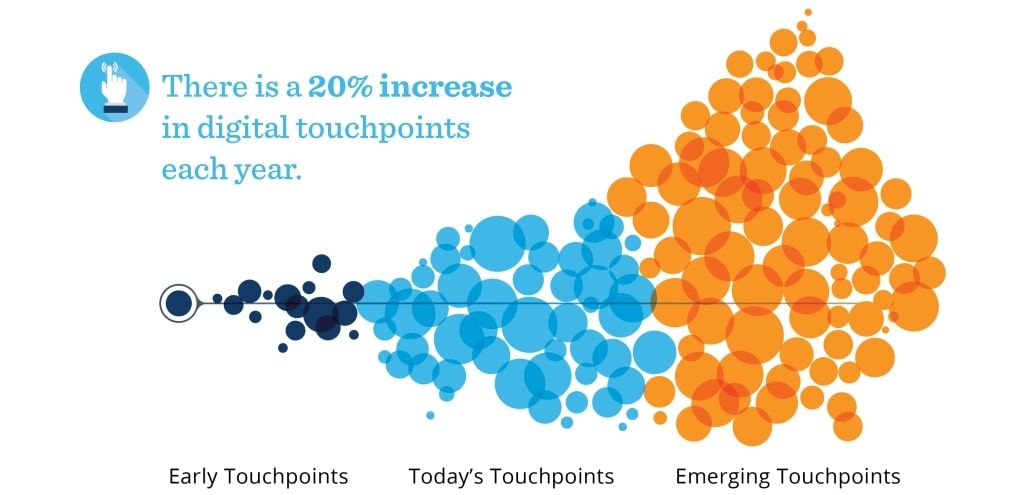
Complexity takes a completely different and new meaning for those who in-house brand creative teams who work in global organisations and serve global brands. Not only does complexity and demands rise because of the sheer number of stakeholders involved and brands managed, but also because of the fact that they operate across multiple countries, geographies and timezones. As it is based on a single global creative that needs to be replicated across markets, global brand campaign execution is a geographically dispersed organisational activity whose success requires brilliant implementation of materials conforming to established brand guidelines. Because execution happens through intense time sensitive coordination and communication across geographical locations between countries, partners and vendors, benefits of global brand as a marketing strategy - lower marketing costs, can be often offset by higher management costs - which is known as “global brand paradox". With continuously rising heterogeneous brand content market demand streams, communication of campaign details and creative direction becomes a constant challenge. As headquarter teams are unable to systematically cope with operational and administrative load, foundation of global branding - brand consistency across markets may starts to erode.
As headquarter teams are unable to systematically cope with operational and administrative load, foundation of global branding - brand consistency across markets may starts to erode
The organisational complexity is nowhere more present than in global organisations that follow global brand as a marketing strategy with headquarter leading, global-to-local execution model. For a campaign to be executed, brand creative team needs to work with brand marketeers in headquarters, but also those across regions and countries. It is within these campaign launch time bound upstream and downstream communication (from headquarter to countries and vice versa) that most of the waste happens as it is done either through email chains or through different type of project management tools that weren't designed for brand directives communications, viewing, and distribution.
Subsequent versions or very final version of the campaign creative might not be the one that gets implemented in the market.
In these cases when retail and digital brand directives are shared via emails, they get misplaced, undelivered or unseen in marketeers' already flooded email inboxes.

Moreover, as global campaign launches often have last-minute changes and adaptations to the global creative, within more than present communication gaps between headquarters and countries, subsequent versions or very final version of the campaign creative might not be the one that gets implemented in the market. Because of these last minute changes, and general creative brand content supply chain issues, many organisations work with brand creatives that are "WIP - work in progress". This type of brand creative directives version is an attempt 'extend' the time gap and provide some 'breathing space' to country teams for actual implementation in the market, as the last-minute changes might only apply to 5-10% of the initially provided creative. However, even without versioning. last minute changes, WIP versions of brand creative directives, country campaign implementation is fraught with dangers to brand consistency. With incomplete, late or non-exhaustive brand creative directives, faced with a tight window of market opportunities and steep performance expectations, country level marketeers will often act on their own, risking the global brand equity.
With incomplete, late or non-exhaustive brand creative directives, faced with a tight window of market opportunities and steep performance expectations, country level marketeers will often act on their own, risking the global brand equity.
Easily accessible brand creative directives, campaign information, implementation do's and not-to-do's, responsive support from headquarters teams or principal partnership agency for questions, adaptations and localisation request will go a long way in preventing brand application incidents. In absence of simple, easily accessible and informationally exhaustive brand creatives directives and ready-to-implement "on brand" creative assets global organisations risk damage to their brand equity. Not only in the markets where wrong or improper branding campaign application incidents happen, but globally, as in time of social media cross-country spillovers and global escalation happens in seconds.
Case in point : UberEATS India’s recent “Wife Appreciation Day” ad, which… uh… did not go over well with Twitter users, either in India or globally. An Uber India promotion for wife appreciation day backfired spectacularly with a sexist message.
Fast-growing companies and brands are especially susceptible to errors of judgment, for reasons of rapid expanding teams, not deeply embedded internal brand importance awareness practices as well as 'break something-make something' growth attitudes and imperatives. On the other side, traditional global organisations are no less susceptible but for other reasons - organisational complexities and sheer number of markets, products and brands they manage. Both traditional and new companies are exposed to the global-to-local brand implementation divide.
Both traditional and new companies are exposed to the global-to-local brand implementation divide.
Solving the Global to Local Brand Creative Application Divide
Interpretation of guidelines can have a significant impact on a brand implementation programmes. Brand is only as effective as its consistent, quality application, and the delivery of a major programme of brand implementation is a significant undertaking, so it is imperative to ensure that you have the necessary expertise and resource to be able to manage the complexity of digital touchpoints ecosystem. The need for brand consistency across locations and customer touchpoints has never had a greater impact than in today’s fast-paced, highly competitive marketplace. To achieve and sustain a competitive edge, and ultimately drive sales, investment has to be made to ensure that the communication and thorough understanding of global brand creative by local implementation teams.
To achieve and sustain a competitive edge, and ultimately drive sales, investment has to be made to ensure that the communication and thorough understanding of global brand creative by local implementation teams.
As small HQ teams serve large and heterogenous brand content demands from markets they experience operational brand execution & e-retail digital branding capacity and process gap where timely delivery and implementation according to brand direction becomes a constant challenge. As digital touchpoints exponentially outnumbered people and as traditional workflows became outdated, HQ in-house brand creative professionals lacking proper technology and talent resources become digitally disabled and set up to fail.
The "Spray and Pray" approach - traditional way of emailing PDF versions of global brand creative direction sets the stage for everything that might happen afterwards.
The "Spray and Pray" approach - traditional way of emailing PDF versions of global brand creative without knowing whether distant local brand implementation teams have indeed accessed and understood them, sets the stage for everything that might happen afterwards. However, the already overburdened in-house brand creative teams, managing disproportionately size of stakeholders, few can blame. Without the ability to seamlessly update them with subsequent versions on the go and to analyse whether distant country teams have accessed them and thoroughly read them, their hands are tied.
SO DIGITAL GLOBAL BRAND CONTENT EXCELLENCE PLATFORM helps in-house brand creative teams of global brands effectively mange the relationship with local business units in terms of creative brand direction, campaign content demand streams, local adaptation request and worldwide learning.
Aesthetics & Visibility
Campaign project details, brand content and brand creative implementation guidelines are merged together and made available within aesthetically pleasing and highly functional design context that enables quick access and visibility of available materials for download and implementation locally.
Market Visibility & Country Content Systematisation
Our solution leverages technology to systematise and simplify market-by-market visibility and availability of brand approved campaign directives and brand content while providing scalable digital production support resources of principal partnership agency for tier 2, tier 3 content design execution and/or adaptation requests by markets / stakeholders.
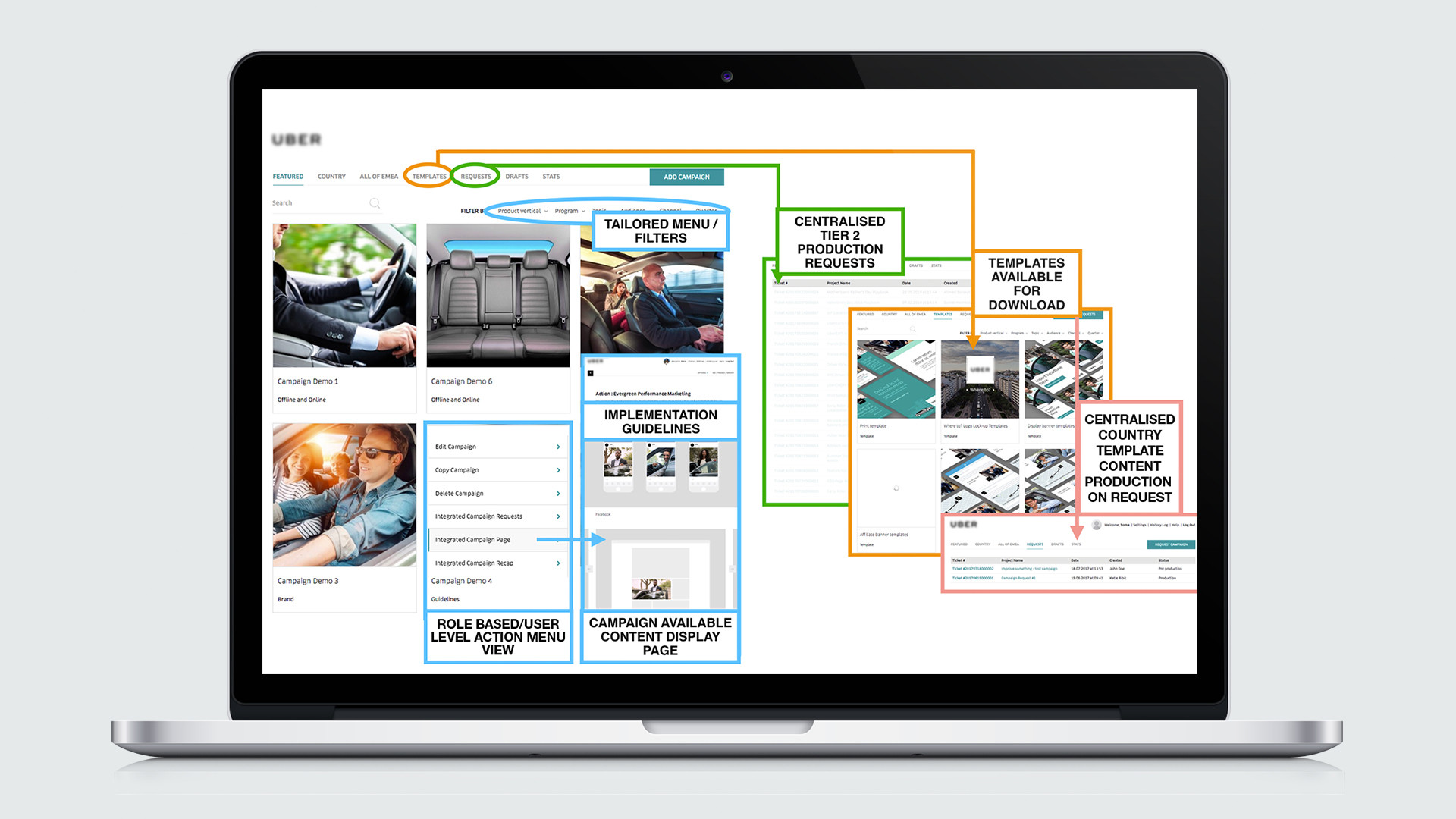
Merged Creative Direction & Campaign Launch Details
Campaign project details, brand content and brand creative implementation guidelines are merged together and made available within aesthetically pleasing and highly functional design context that enables quick access and visibility of available materials by countries and remote marketeer teams for download and implementation locally.
Easy Management of Brand Creative Direction
Brand creative directions are easily editable in terms of country visibility, as well as individual content element and sections of the brand creative. This means that in case need be they can be updated progressively without jeopardizing the previously approved sections and causing miscommunications. This saves time both to country level teams as they know which particular part of the creative direction was updated compared to previous version(s) while it also saves time to global teams as they don't have to process and package complete creative directive but the updated part (s).
Brand Creative Access and Download Analytics
The digitisation of brand creative direction enables complete analytics into access, reading and download as well as any other user defined actions. As countries and users have defined user names, the analytics can be provided down to individual user(s) as well as per assets and per creative. Further analytics are possible with application of 3rd party tools.
Brand Creative Directive Interactive Walk Through and Guidance
With implementation of upgraded feature modules the platform becomes guidance and engagement platform where global brand creative teams are able to simplify the online experience and eliminate user confusion on side of country brand implementation teams. Comprehensive step-by-step guidance is delivered through a sequence of tip balloons without requiring the user to leave the screen, watch video tutorials, or read tedious manuals or FAQ pages.
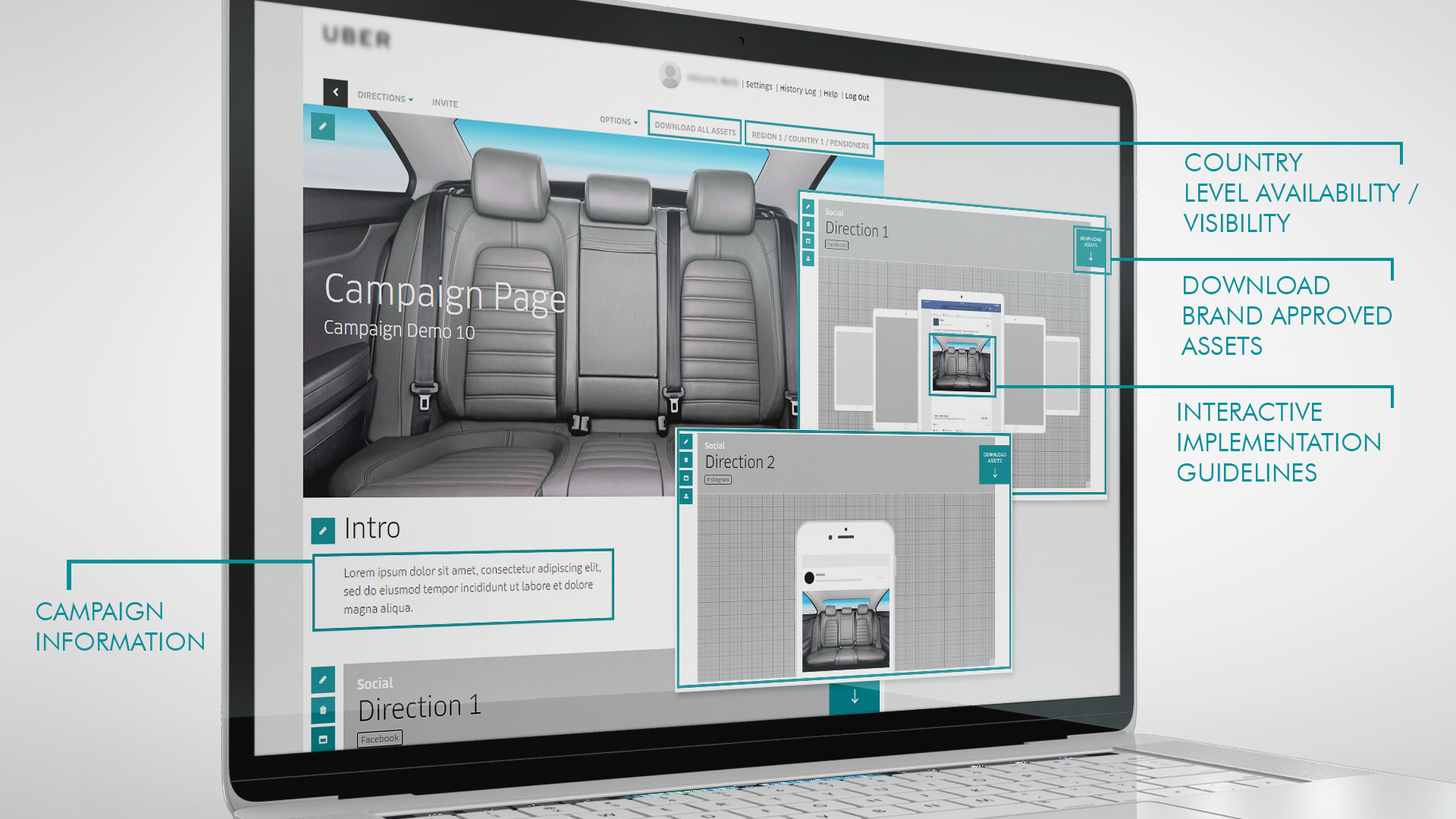
Country - by - Country Access / View to Content
Country / user level specific view to the platform content ensures content access speed & relevance while having campaign creative guidelines sortable and visually presentable per multiple editable criteria cuts target campaign search time.
Easily Accessible Campaign & Campaign Directives Overview and Management
Unlike DAM solutions whose structural logic stems from individual asset / file management, SO DIGITAL BRAND CONTENT EXCELLENCE usage architecture resides on campaigns and campaign directives management, within which individual assets are made available for download. Management of campaign directives & campaigns and not assets.
Digitisation of Workflows between In-House Creative Team and Principal Partnership Agency
Functional operations with client/stakeholders and principal partner agency are completely digitised and translated to platform interface which enables data driven learning and continuous improvement of creative operations.
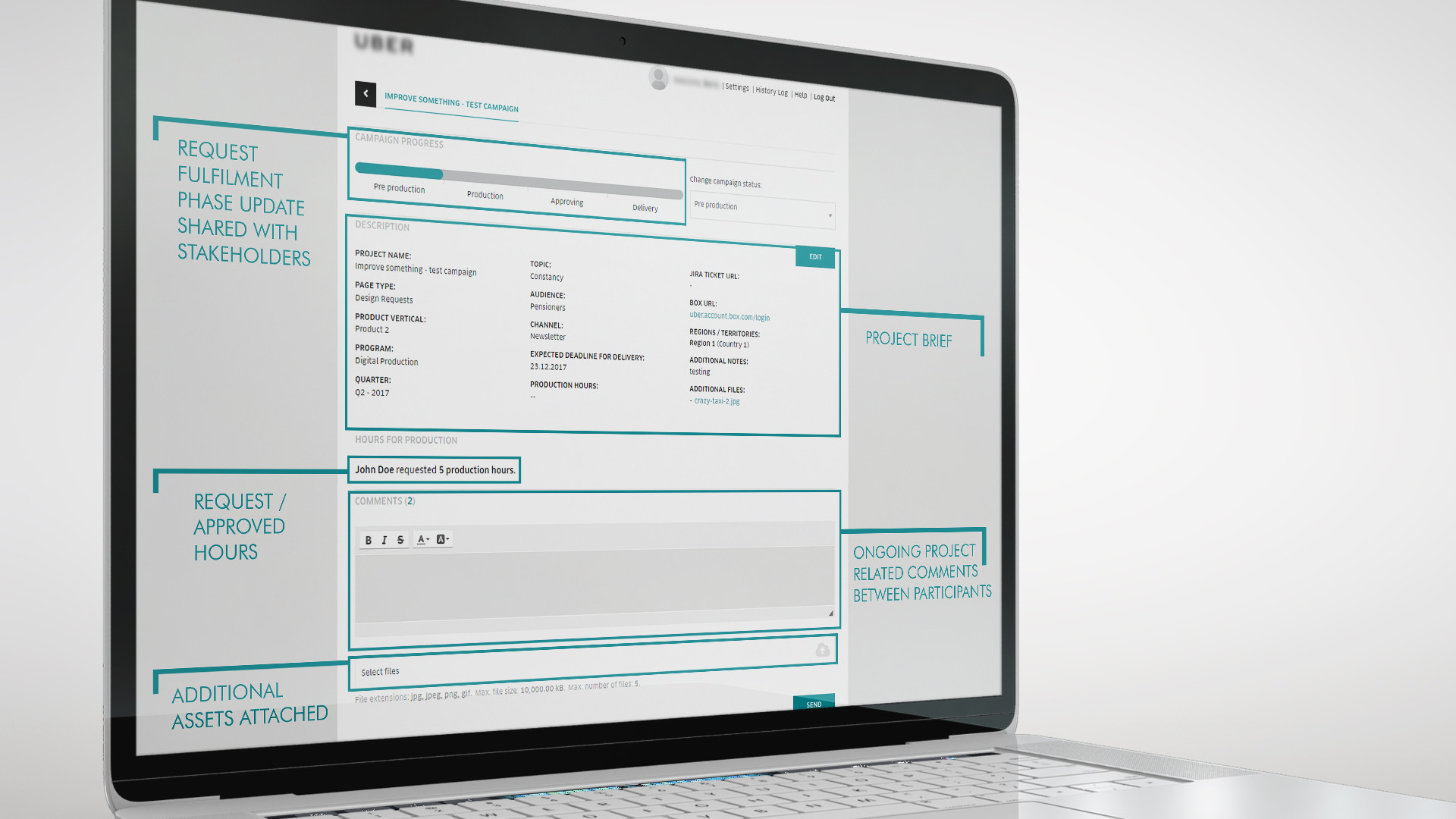
Both Supply & Demand Digital Structure = Creative Operations Scalability
As platform introduces structure both on the content supply side and content demand side, creative in house teams are relieved from repetitive communication and operational project administration tasks can provide scalable creative brand excellence support as a foundation for brand growth.
Execution, Not Strategy, Separates Leaders from Laggards. Leverage our platform to create organisational simplicity and deliver speed and efficiency in execution across markets. Align inside to win outside.
Brand management is in itself complex, should your organisational execution increase or decrease this complexity? Simplify global brand operations - use a single point of contact and engagement for all phases of brand campaign execution. Make your day-to-day operations and workflows SO SIMPLE, SO EASY, SO FAST - SO DIGITAL
Contact us today for a no-commitment walk through of SO DIGITAL platform solutions implemented for clients like Nike EMEA and Uber EMEA.
------------------------------------------------------------------------------------------------------------
References :
Remedy : "Why brand guardianship matters more than ever" http://netlawmedia.com/Reports/Remedy_brand_guardianship.pdf
Andrew Vesey, Brand Quarterly, "Protecting Your Brand – Even From Yourself" http://www.brandquarterly.com/protecting-your-brand-even-from-yourself
Lucia Peters, Bustle, An Uber India Promotion For Wife Appreciation Day Just Backfired Spectacularly With A Sexist Message" https://www.bustle.com/p/uber-india-promotion-for-wife-appreciation-day-just-backfired-spectacularly-with-a-sexist-message-2423392
The BOSS Group and Cella Consulting, LLC. 2018 In-House Creative Industry Report, May 2018.
